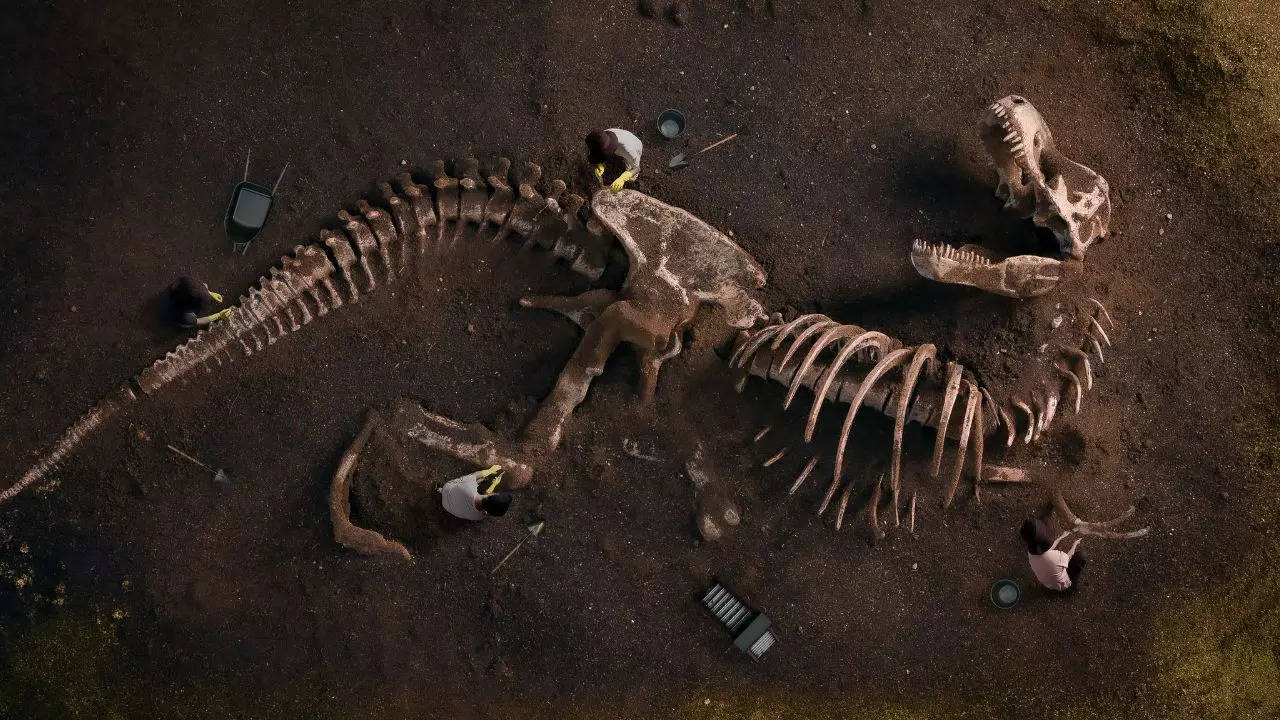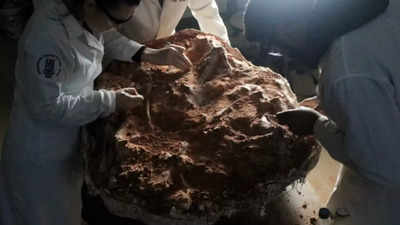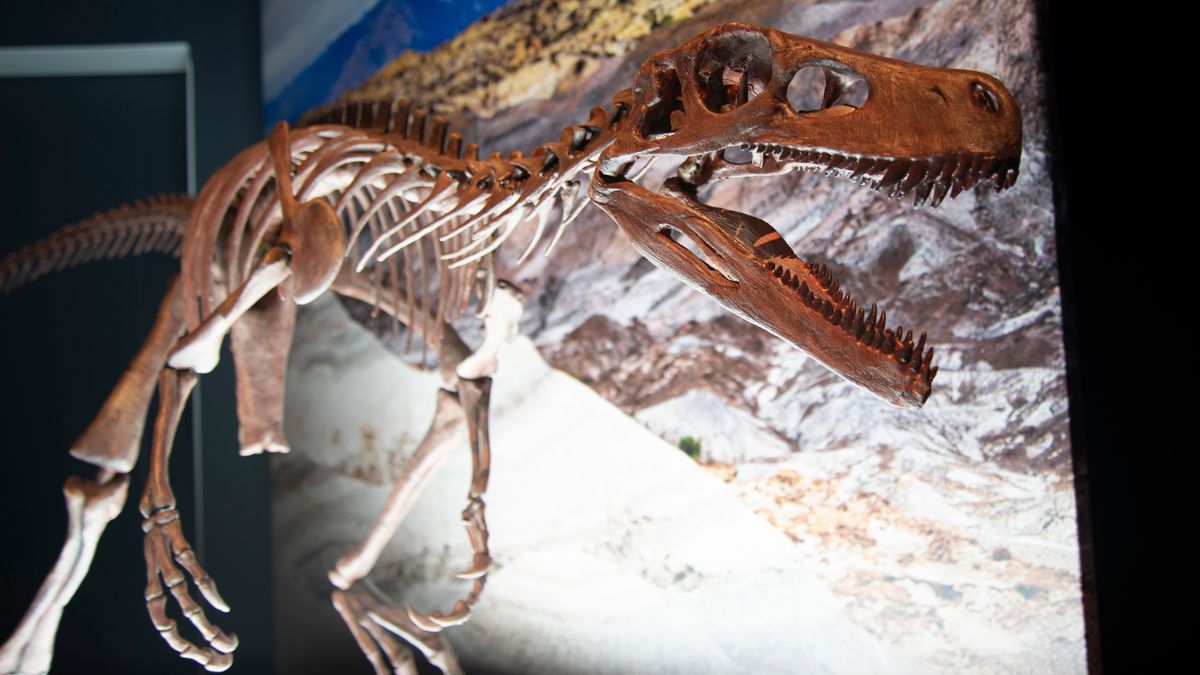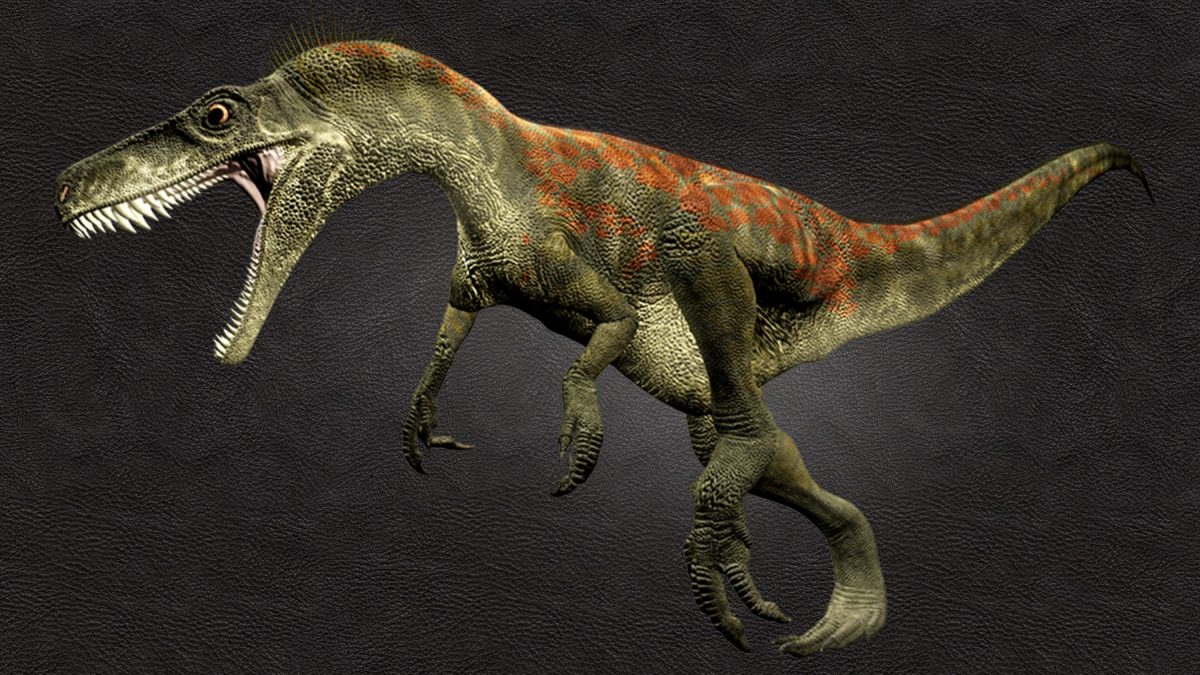Heavy rains in Brazil have led to a remarkable paleontological discovery that will astound one and all: a 233 million-year-old dinosaur fossil. This significant find was made in the southern state of Rio Grande do Sul, near the town of São João do Polêsine. The fossil, which is almost fully preserved, was unearthed next to a reservoir after torrential rains eroded parts of the fossil site.
 The dinosaur, believed to be a member of the Herrerasauridae family, roamed the Earth during the Triassic Period when all the continents were part of a single landmass known as Pangea, also often referred to as a “super continent”.
The dinosaur, believed to be a member of the Herrerasauridae family, roamed the Earth during the Triassic Period when all the continents were part of a single landmass known as Pangea, also often referred to as a “super continent”.

Herrerasaurids were among the earliest carnivorous dinosaurs, and this particular specimen is estimated to have been about 2.5 meters (8 feet) long. The discovery was made by a team led by Rodrigo Temp Müller, a paleontologist from the Federal University of Santa Maria (UFSM).The site where the fossil was found has been a focus of paleontological research for about 20 years. The region is known for its rich deposits of Triassic fossils, which have provided valuable insights into the early evolution of dinosaurs. The recent heavy rains accelerated the erosion process, exposing the fossil that had been buried for millions of years. According to Müller, the fossil was initially thought to be just a few isolated bones, but further excavation revealed an almost complete skeleton.

Paleontologists working on the prehistoric skull of the 233 million-year-old dinosaur discovered in Rio Grande do Sul. Source: Image courtesy of Federal University of Santa Mar

This discovery is particularly significant because it is one of the oldest dinosaur fossils ever found. The oldest known dinosaur fossils date back to around 231 million years ago, making this find potentially one of the earliest examples of dinosaur evolution. The fossil’s excellent preservation allows scientists to study its anatomical details, which could provide new insights into the characteristics and behaviors of early dinosaurs. Truly an exciting find!
The Herrerasauridae family, to which this dinosaur belongs, includes some of the first known carnivorous dinosaurs. These dinosaurs were bipedal, much like the Tyrannosaurus Rex, meaning they walked on two legs, and had free hands with sharp claws for catching prey. The newly discovered fossil is expected to shed light on the evolutionary adaptations that allowed these early dinosaurs to thrive in their environment.The discovery has generated excitement in the scientific community, as it could help fill gaps in our understanding of dinosaur evolution. The fossil’s advanced age and preservation make it a unique and valuable addition to the fossil record, offering a rare glimpse into the past. Researchers are now working to carefully extract the fossil from the surrounding rock and conduct detailed analyses to determine whether it represents a new species of dinosaur.The region where the fossil was found has been subject to increasingly severe weather events, including the heavy rains that led to this discovery. In June 2024, the state of Rio Grande do Sul experienced three months’ worth of rain within just two weeks, causing widespread flooding and displacing over 500,000 people. While the rains have accelerated the erosion process, they also pose a threat to newly exposed fossils, which can be damaged or destroyed if not promptly rescued.The Federal University of Santa Maria and other research institutions are now focused on preserving the fossil and conducting further studies. The findings from this discovery are expected to be published in scientific journals, contributing to our knowledge of early dinosaur evolution and the conditions that shaped their development.For the unversed, dinosaurs were a diverse group of reptiles that dominated the Earth during the Mesozoic Era, which lasted from about 252 to 66 million years ago. They were some of the most successful and varied animals ever to have lived, ranging from the small, bird-like Velociraptor to the gigantic, long-necked Brachiosaurus. Paleontologists study dinosaur fossils to learn about their behavior, diet, and appearance. Fossilized bones, teeth, footprints, and even eggs have been found, offering insights into these ancient creatures. There were over 1,000 different species of dinosaurs identified so far, ranging from the plant-eating sauropods to the fierce carnivorous theropods, showcasing their incredible diversity.Did you like this article? Please let us know in the comments below!





